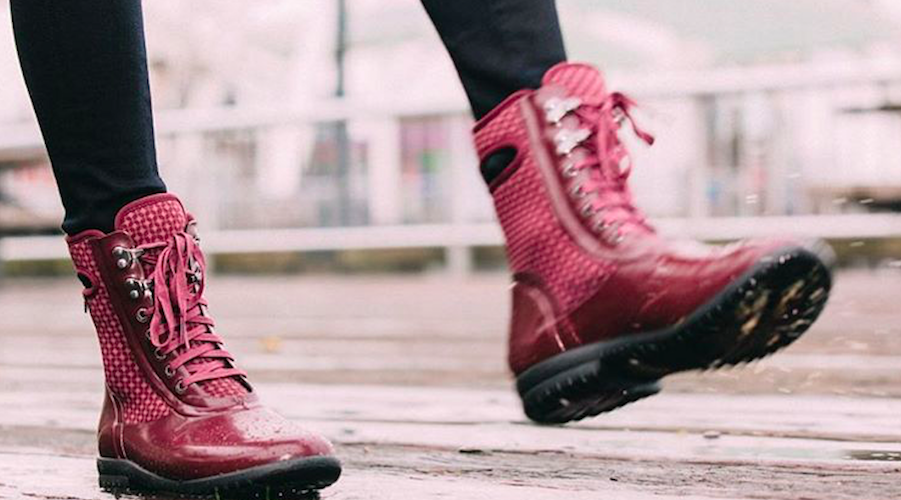By Thomas J. Ryan
Like so many other brands seasonally focused on cold weather, last year’s warm winter throughout much of the Eastern U.S. is coming home to roost.
Bogs, known for its style-driven winter boots, reported that its third-quarter sales continued to feel the impact of last year’s mild winter, with sales falling 31 percent in the period. But with inventories in the marketplace in better shape, sell-ins are picking up. On the company’s November 7 conference call with analysts, Thomas W. Florsheim Jr., chairman and CEO of Bogs’ parent company, Weyco Group, said that following the warm winter, retailers were left with inflated inventory levels and adopted a more conservative stance for the fall 2016 selling season.
Florsheim said this was especially true of e-commerce sites that had “very aggressive top-line growth goals that never happened” last year. Half of Bogs’ decline in the third quarter was attributed to lower shipments to e-commerce channels. Florsheim called the conservative buying stance by retailers “somewhat of an overreaction” to the weather.” With lower inventory levels at the account level, Bogs is now “seeing good sell throughs and an uptick in at-once orders as we head into the heart of the retail season.”
Florsheim cautioned that the at-once activity remains highly dependent on the weather. Orders have slowed down again recently with the return of warmer weather to start fall 2016. He added that it’s “hard to determine how much of a lift” the leaner inventory levels will give Bogs in the fourth quarter, “but we believe the circumstances are ripe to get back on a growth track next year.” Bogs sales fell 47 percent in the second quarter, 17 percent in the first and 22 percent in the 2015 fourth quarter.
Florsheim said Weyco continues to take steps to make Bogs less dependent on inclement weather. He added, “At the consumer level, the brand remains robust, and Bogs is experiencing nice increases in our company’s direct-to-consumer business.”
Overall, sales for Weyco Group were down 13.3 percent to $79.1 million. Among its other brands, wholesale sales were down 6 percent for Stacy Adams, primarily due to lower sales to off-price retailers. Nunn Bush declined 22 percent and was impacted by weakness in the mid-tier department store channel. Both Nunn Bush and Stacy Adams are also being hurt by a shift away from non-athletic brands. One positive was the Florsheim brand, where wholesale revenues grew 7 percent due to the successful introduction of more casual lifestyle offerings at national shoe chains.
Net earnings in the quarter slumped 16.4 percent to $4.6 million, or 44 cents a share.
Stated Florsheim, “While the retail landscape remains uncertain, we remain confident in the strength of our brands and believe that each is well positioned in its respective market for growth when conditions improve.”
Photo courtesy Bogs
















